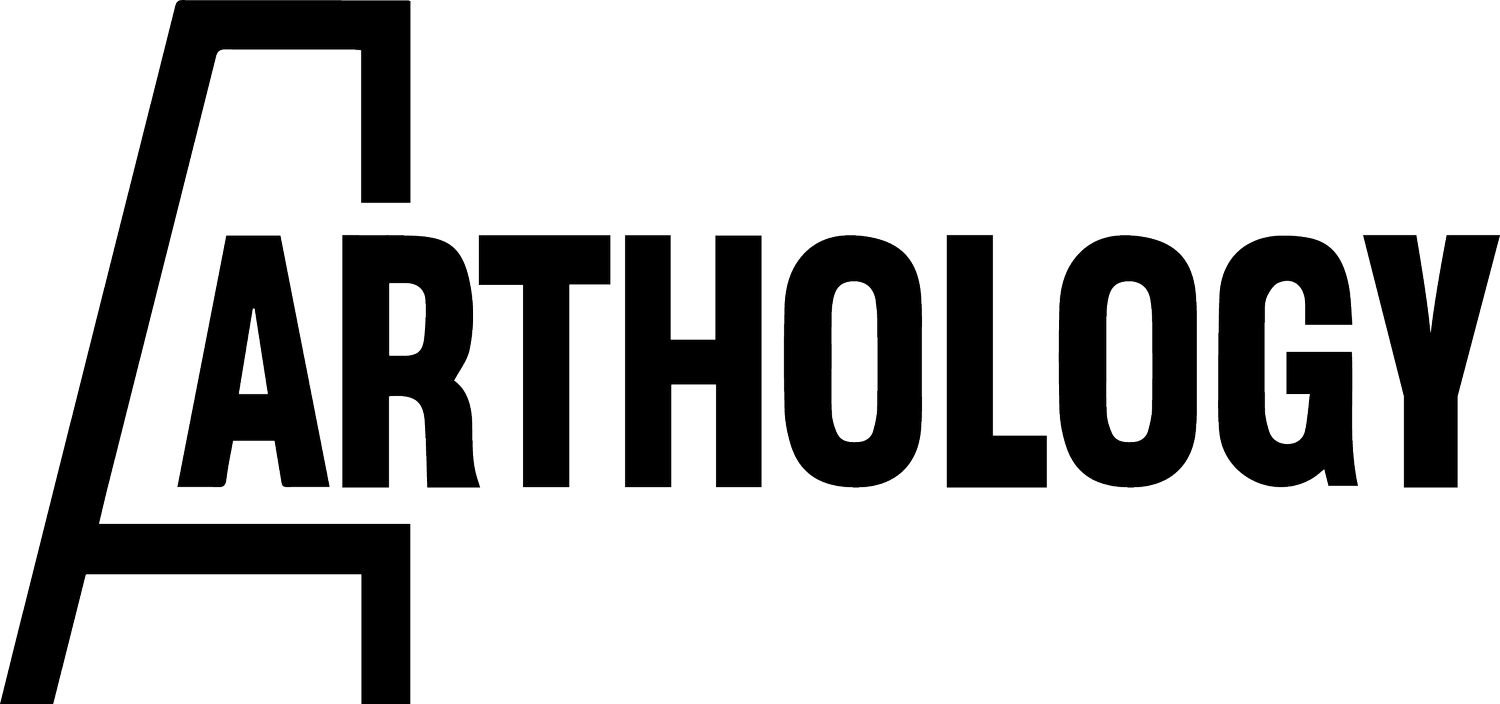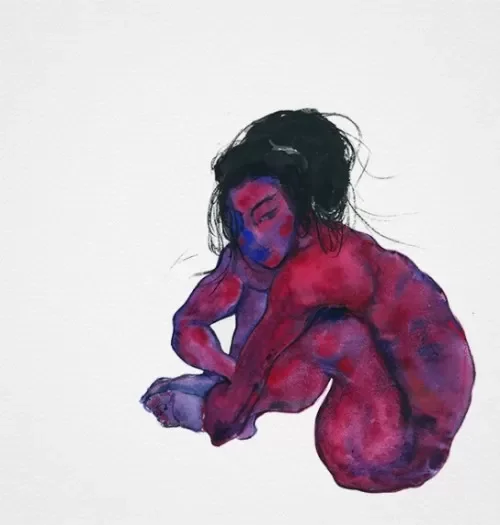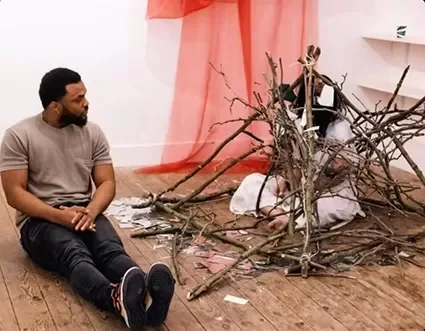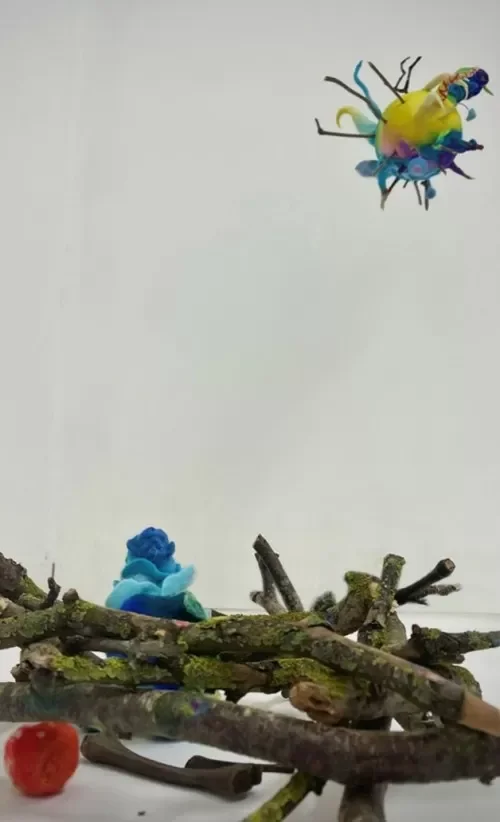Between Rupture and Rebirth: Jia Zheqi’s Interdisciplinary Artistic Journey
TRADITIONAL UPBRINGING AND THE DUAL INFLUENCE OF CHINESE ART EDUCATION
Jia Zheqi was born in the Central Plains of Northern China, an environment steeped in traditional culture and deeply rooted social ethics. The implicit discipline imposed on women in her family subtly shaped her acute sensitivity to the dynamics between individuals and society, sowing early seeds of contemplation around identity, freedom, and the tensions of desire.
During her early artistic training, Jia underwent rigorous instruction in classical Chinese art education, heavily influenced by the Soviet academic system. This training emphasized precision in sketching, color, and structural drawing—focusing on accurate proportions, light, and perspective. While this demanding technical foundation provided her with solid modeling skills, it simultaneously suppressed emotional expression and personal freedom. As her technical skills advanced, Jia became increasingly aware of her profound yearning for spiritual liberation and self-expression. This internal tension—between order and transcendence—would later fuel her artistic explorations.
In university, while seeking to break through the confines of traditional visual language, Jia conducted in-depth research on the work of contemporary Chinese ink painter Dai Dunbang. Dai’s reinterpretations of classical literature such as Dream of the Red Chamber and The Plum in the Golden Vase (Jin Ping Mei) through unique brushwork revealed the expressive potential of traditional subjects on a psychological level. This experience sparked Jia’s deep interest in these canonical texts, especially the so-called “first pornographic novel in Chinese history,” The Plum in the Golden Vase. From a feminist perspective, she focused on the plight of the female characters—how they survive within the oppressive social and sexual structures of their time.
She astutely observed that the women in The Plum in the Golden Vase were continually subjected to discipline and objectification through the intersecting forces of desire, power, and social order. Though these structural constraints have evolved in form, Jia noted their enduring presence in contemporary society. Confronting the superficial visibility of women in public discourse today, Jia posed a critical question: within a culture driven by consumption and categorization, are female subjects still being rendered invisible?
Prompted by this inquiry, Jia created a series of figurative works depicting emaciated, contorted female bodies. Inspired by Egon Schiele and Alberto Giacometti, her paintings use taut textures and constrained poses to convey the fragmented psychological state of individuals under social pressure. These distorted limbs are not merely anatomical representations, but visualizations of inner landscapes shaped by societal discipline.
Through this body of work, Jia completed a transformation from a technical student to an artist with independent critical insight. Painting became her medium to explore female identity, existential tension, and structural oppression. The series drew significant attention from the art community, distinguishing her among a generation of young emerging artists.
“Fold.1”, 2019, watercolor, ink, and colored pencil
LONDON PERIOD: EXTERNALIZATION OF THE SELF AND ARTISTIC TRANSFORMATION
During her postgraduate studies in Fine Art at the University of the Arts London, Zheqi Jia entered a profound phase of artistic transformation. Immersed in a new cultural context and enriched by diverse intellectual resources, she came to realize that social oppression was merely the surface of existential struggles—beneath it lay deeper questions of individual fragmentation and transcendence.
During this period, she drew extensively from existentialist philosophy and psychological theory. Jean-Paul Sartre’s notion that “existence precedes essence,” Albert Camus’ reflections on the absurdity of life, Carl Jung’s theory of the collective unconscious, and Jacques Lacan’s mirror stage—all became important reference points in her evolving intellectual and creative framework. Influenced by these ideas, her artistic language began to shift toward themes of spiritual healing and self-reconstruction.
In her performance piece Trying to get rid of ( ), Jia used the body as a medium, engaging in repetitive acts of removal and deconstruction to express the female subject’s struggle and resistance between societal discipline and self-recognition. The work not only responds to existentialist concerns with individual freedom but also directly addresses psychological inquiries into the unconscious and identity formation. Through this piece, she explicitly positioned “female bodily liberation” as a central theme in her artistic practice, marking the beginning of a new direction in which art becomes a vehicle for spiritual healing.
Exhibition View of This Art Exhibition 2022
During the same period, the installation piece Shooting the Sun further expanded her artistic inquiry. Constructed from natural branches, felt, and 3D-printed materials, the spatial installation embodies a dynamic interplay of floating, falling, and rooting—symbolizing the ongoing struggle and rebirth of the individual in the barren wilderness of existence. With this work, Jia responds to the existential sense of absurdity, while proposing the possibility of transcending trauma and achieving spiritual reconstruction.
This stage of her practice marked a shift from being merely a critic of social phenomena to becoming an explorer of the inner spiritual realm. For Jia, art has become a profound journey of dialogue and healing.
“Shooting the Sun” (2023), felt, branches, nylon, fishing line
In Jia Zheqi’s artistic practice, tradition and contemporaneity, the individual and society, repression and healing intertwine into a spiritual map charged with tension. She refuses to settle for mere depictions of surface-level social phenomena, nor does she retreat into purely autobiographical narratives. Instead, she continuously carves out a path between existential struggle and the longing for transcendence—one that is both independent and authentic.
Across painting, performance, and installation, Jia persistently asks: after being disciplined and defined, how can the individual reassert their own existence? She uses art as an ongoing dialogue between self and world, and through each moment of struggle and transcendence, she inscribes a new gesture of life—one that is both free and true.



